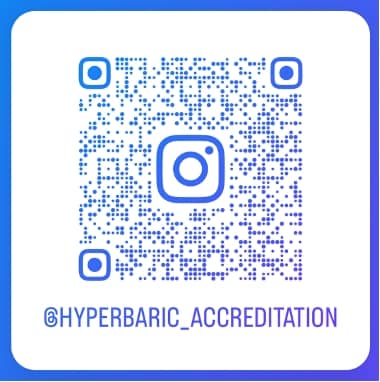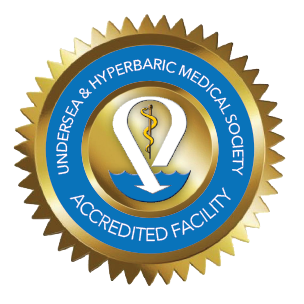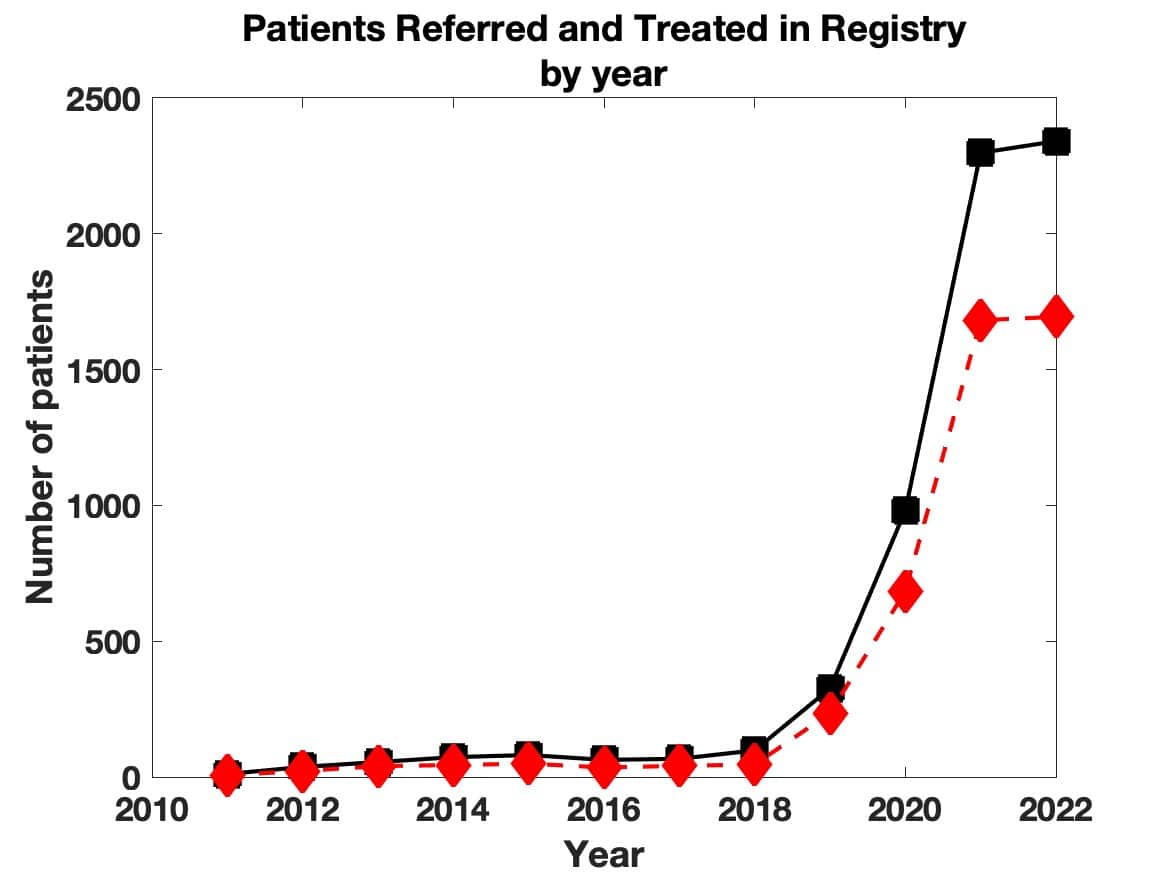Baromedical Nurses Association Update
The Baromedical Nurses Association Board of Directors met to include all BNA members. The BNA meeting notes as presented by Dana Winn, current BNA President:
Hyperbaric Nurses Day April 6, 2024: 11am-3pm EST
The BNA invites you to join us for our annual Hyperbaric Nurses Day! We have four speakers who specialize in hyperbaric medicine that will give a 1-hour virtual lecture. Each lecture will have 1 CEU invitation link to follow. *** All BNA members will receive $10.00 off BNA logo items to celebrate Hyperbaric Nurses Day!
The program for Hyperbaric Nurses Day:
- 11 am EST: Dr. Kyle DuBose of Aurora St Luke’s Medical Center HBO Indications Overview
- 12pm EST: Dr. Claire Ellis of Duke Hyperbaric Medicine Difficult Decompression Illness Cases
- 1pm EST: Dr. Andrew Applewhite of Baylor Scott & White Health Case review of an AGE HBO patient
- 2pm EST Susan Baker, APRN of Nebraska Medicine ISSNHL
This is a great chance for education and to interact with the presentations. The BNA day is evolving yearly, as are many of our committees. Registration link: https://hyperbaricnurses.wufoo.com/forms/pl157bw0tpffgc/
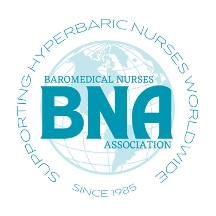
NEW LOGO!
The BNA held a vote by the BNA members to select one of 5 submissions to update the BNA logo. Dana Winn revised the selected version. New BNA Logo Items will be available for sale on the BNA website www.hyperbaricnurses.org (hopefully in March) - Courtesy of Daphne Copeland LPN representative.
Board Members:
- President: Dana Winn
- Vice President: Heather Wheaton (*) is currently recruiting for this position
- Past President: Kevin Kraft
- VP/President/Past President – 2 years at each: The VP role is available to step in to cover for the president in their absence
- The President – presides over the BNA board meetings and sends out newsletters periodically to the BNA. Attends annual meeting to represent the BNA
- The Past President – is available for assistance and support
- Director(s) at Large: Jennifer Clough & Carol Brown (*) Currently recruiting for 1 DAL position: Director at Large – main focus is on Hyperbaric Nurses Day and other duties as assigned. This is a 2-year commitment, and we rotate a new DAL annually.
- Secretary: Angelina Meza-Suarez: Responsible for taking and maintaining the meeting minutes
- UHMS Associate Nurse Rep: Jay Duchnick: UHMS Associate Nurse Representative – this is a UHMS member that liaises between the UHMS and the BNA Admin
- Secretary & Treasurer: Robin Ortega: Maintains our money, our website, new and renewing members, CEUs
- Historian: **Vacant** Looking for someone to gather, compile, and display our history. **Currently recruiting for this position**
Committee Chairs:
- Safety Committee: Anthony Johnston
- Research Committee: Connie Hutson
- Nominations Committee: Frank Turcotte
- Education Committee: Eric Hexdall
- Publications Committee: Laura Josefsen
- Sponsorship Committee: **Vacant** This position is to assists with communicating with potential sponsors for the BNA. **Currently recruiting for this position**
- Bylaws Committee: Monica Skarban: The Bylaws Committee maintains the BNA bylaws and policies to ensure we are functioning as a non-profit, professional organization
- BNACB Committee: Kathy Nelson (*): The BNACB Committee has three positions and is a 3-year commitment. Each year one position is recruited. This committee reviews the applications for certification and re-certification
- Awards Committee: Tina Ziemba
The BNA presents the following awards annually:
- Rising Star Award to recognize nurses who have been working in HBO for less than 5 years who demonstrate leadership qualities
- Circle of Excellence Award to recognize non-nurses that support hyperbaric nursing
- Diane Norkool Awardto recognize nurses currently working in the hyperbaric field or is making a significant contribution to the field. Must have been a BNA member for at least 2 years.
- Laura Josefsen Lifetime Achievementto honor an individual who has been a member of the BNA for at least ten years. The nominee will have served as a BNA Board or Committee member and is certified as a CHRN, ACHRN, or CHRNC.
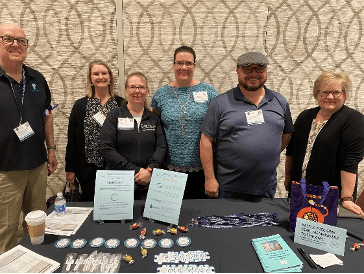 Speaking of awards, the BNA Board would like to take a moment to recognize a member who has been pivotal in the success of the BNA.
Speaking of awards, the BNA Board would like to take a moment to recognize a member who has been pivotal in the success of the BNA.
She has served on the board for over a decade in various roles, including stepping in and taking over the president role for multiple extra years at a time of need.
She was the pioneer for the initiation of the Hyperbaric Nurses Day that celebrates all of us.
She developed the Circle of Excellence award to recognize non-nurses that support hyperbaric nursing.
She co-edited the UHMS Guidelines for Hyperbaric Facility Operations and is an RN surveyor for the UHMS accreditation program.
She is personally responsible for recruiting multiple BNA members to participate on committees and the BNA board, the current president included.
She has been a wonderful mentor and resource to many nurses in the hyperbaric community.
Please join me in thanking Annette Gwilliam for her service to the Baromedical Nurses Association and Hyperbaric Nursing.
UHMS Annual Scientific Meeting in New Orleans
- If you are joining us for the UHMS Annual Scientific Meeting in New Orleans, please be sure to sign up for the BNA luncheon on Friday, June 14th, from 12-1 pm.
- If you cannot join us for the meeting, please log onto the Zoom meeting to receive an update on the status of the BNA board and committees. We will also present the BNA awards, and the presidency gavel will be passed to the incoming president.

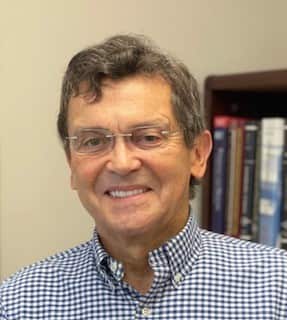
 On 10th December dr Dirk Jan Bakker passed away on the age of 83.
On 10th December dr Dirk Jan Bakker passed away on the age of 83.
